The human settlement in Rajasthan has a rich history that dates back over 5,000 years. The region has been a hub for various art forms that have flourished here and spread to other parts of the Indian subcontinent. You may have already witnessed the mesmerizing dances and melodious live music performed by traveling troupes adorned in vibrant attire amidst the desert landscapes. These performances also include a unique story-telling method, where local priests known as 'bhopas' use paintings to assist their narration. One of the most popular tales that are painted and performed is that of Devnaryan.
Devnaryan is a significant figure in Rajasthan's traditional folklore and is revered as a brave and righteous warrior. He is believed to be the incarnation of Vishnu and is worshipped by the locals as a folk deity.
The legend of Devnaryan is one of the most enduring and widespread folktales in Rajasthan, and its depiction varies across different regional art forms. The central narrative is divided into two distinct parts: the Bagdawat Bharat and Shri Devnarayan Katha. TThe former depicts the story of Devnaryan’s father. The split is intentional as the first part is marked by death, sadness, and grief, while the second part is marked by reunion, divinity, and joy. It is the process of death, defeat, and destruction followed by birth, creation, and progression that defines the legacy of the deity.
The Beginning
Devnarayan was born to Sawai Bhoj Bagaravat, a Gujar warrior, and his wife Saadu Mata Gujari. Before Devnarayan's birth, there were tales of his father's heroic deeds as one of the twenty-four Bagdawat brothers born to the man-lion Baghji Gurjar. Sawai Bhoj, known as the bravest of the 24 brothers, was grazing his cattle herds on the slopes of Nag Pahad when he saw the Jogi Rupnath milking one of the cows. The Jogi compensated by returning a sack of grain which the brothers fed to the crows. The grains left behind in the sack turned into gems, stunning Savai Bhoj. He became a disciple of the Jogi Rupnath after this incident.
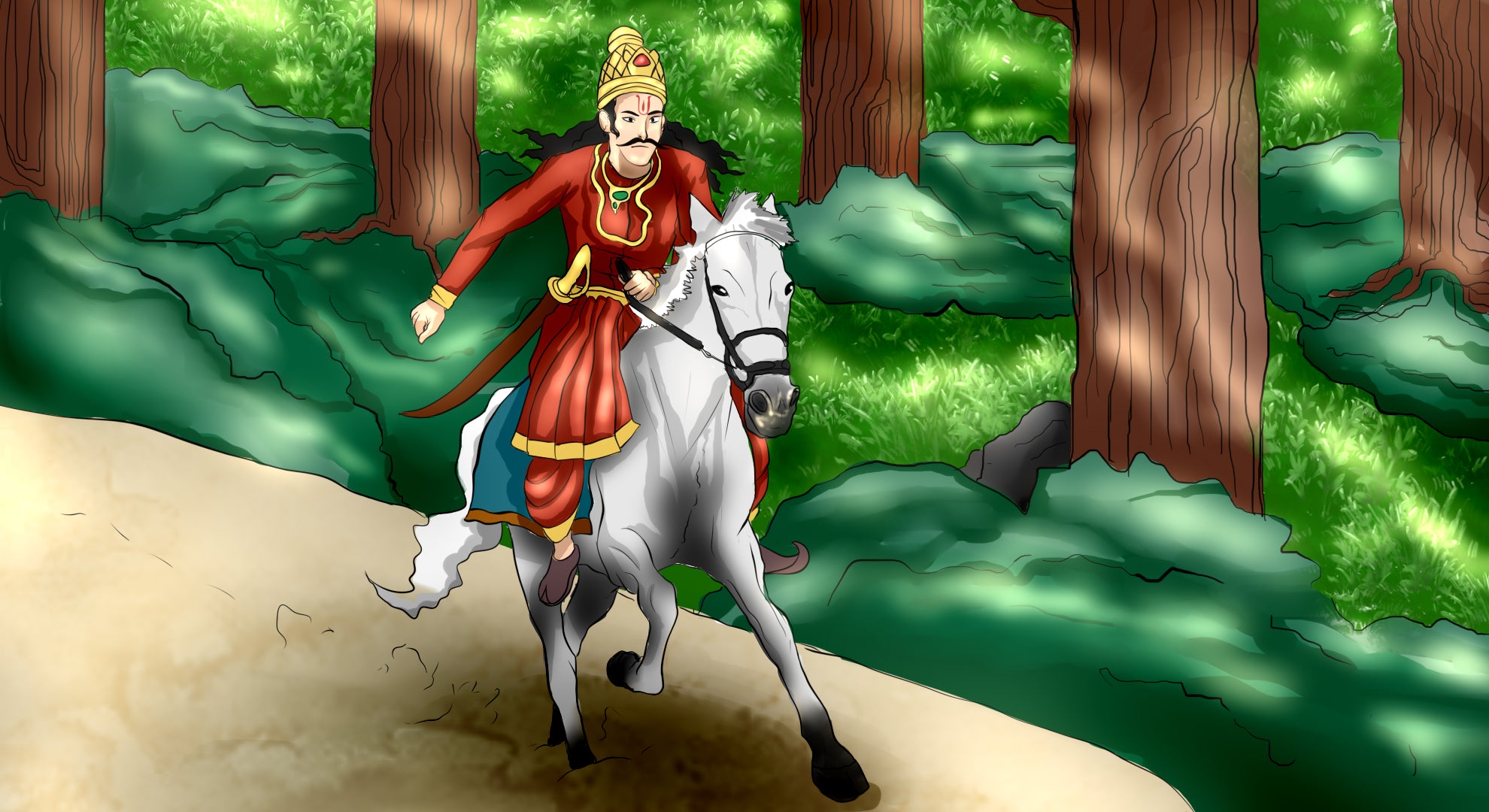
A Generous Boon
While Savai Bhoj was a disciple of the Jogi Rupnath, one day the Jogi asks him to heat a cauldron of oil and circle it as he follows. As Savai Bhoj circles the cauldron, the Jogi attempts to push him into it, but he manages to escape. However, in the next round, the Jogi tries again and falls into the cauldron himself, turning into a solid gold nugget. Savai Bhoj feels guilty for the sin he committed but the Jogi reappears and explains that the gold nugget will grant the Bagdawats unending wealth for twelve years, after which both their wealth and lives will end. Savai Bhoj is perplexed and seeks his elder brother's advice on what to do with the newfound wealth. The eldest brother suggests hiding it, while another brother argues that it should be used to do good deeds such as building temples and wells, and helping others as their lives will end in the next twelve years anyway. The twenty-four brothers agree to use the wealth for good deeds and become very popular among the public.

The Bagadawat brothers enjoyed their unending wealth and power for twelve years, during which they met Durjansal, also known as King Rana. One day, during a drinking session, the Rana and the brothers poured several cauldrons of wine into the Earth, which awakened Basak Nag, the serpent lord of the netherworld who holds the Earth on his hood. Basak Nag was furious and went to Vishnu Bhagawan's court to complain, but none of the gods could take action against the powerful Bagdawat brothers. To solve the problem, Bhagawan took on the form of a mendicant and visited Sadu Mata, the wife of Savai Bhoj, to beg for alms. When he arrived, he saw Sadu Mata performing ablutions and was moved by her devotion. Bhagawan promised to grant her a boon, and Sadu Mata wished that Bhagawan be born as her son. Bhagawan agreed to be reincarnated as her son on the thirteenth day after the Bagdawats were defeated.
The War
After granting the boon to Sadu Mata, Bhagawan instructs goddess Bhavani to defeat the Bagdawats. She reincarnates as an infant girl in a forest where she is discovered by a King who adopts her and names her Jaimati. Jaimati insists that she will only marry into a family where one father had 24 sons, and after a long search, they find the Bagdawat brothers. Jaimati is to marry Savai Bhoj, but he is already married to Sadu Mata, so it is decided that she will marry their Dharam-brother, King Rana.
As the wedding procession begins, Savai Bhoj takes charge and leads instead of the Rana, who is 120 years old and weak. At the same time, Jaimati instructs the toran to be hung high up where the Rana cannot reach it, but Savai Bhoj ends up striking it down instead. Upon the arrival of the marriage procession, the queen feigns a high fever and requests her maidservant to retrieve Savai Bhoj's sword, renowned for its healing powers. In the inner chambers, she secretly performs the wedding ceremony with Savai Bhoj, while publicly marrying the Rana. When it is time for her to depart with the Rana to his palace, she insists on staying with the Bagdawats. However, the Bagdawats convince her to go with the Rana, assuring her that they will return for her after six months.
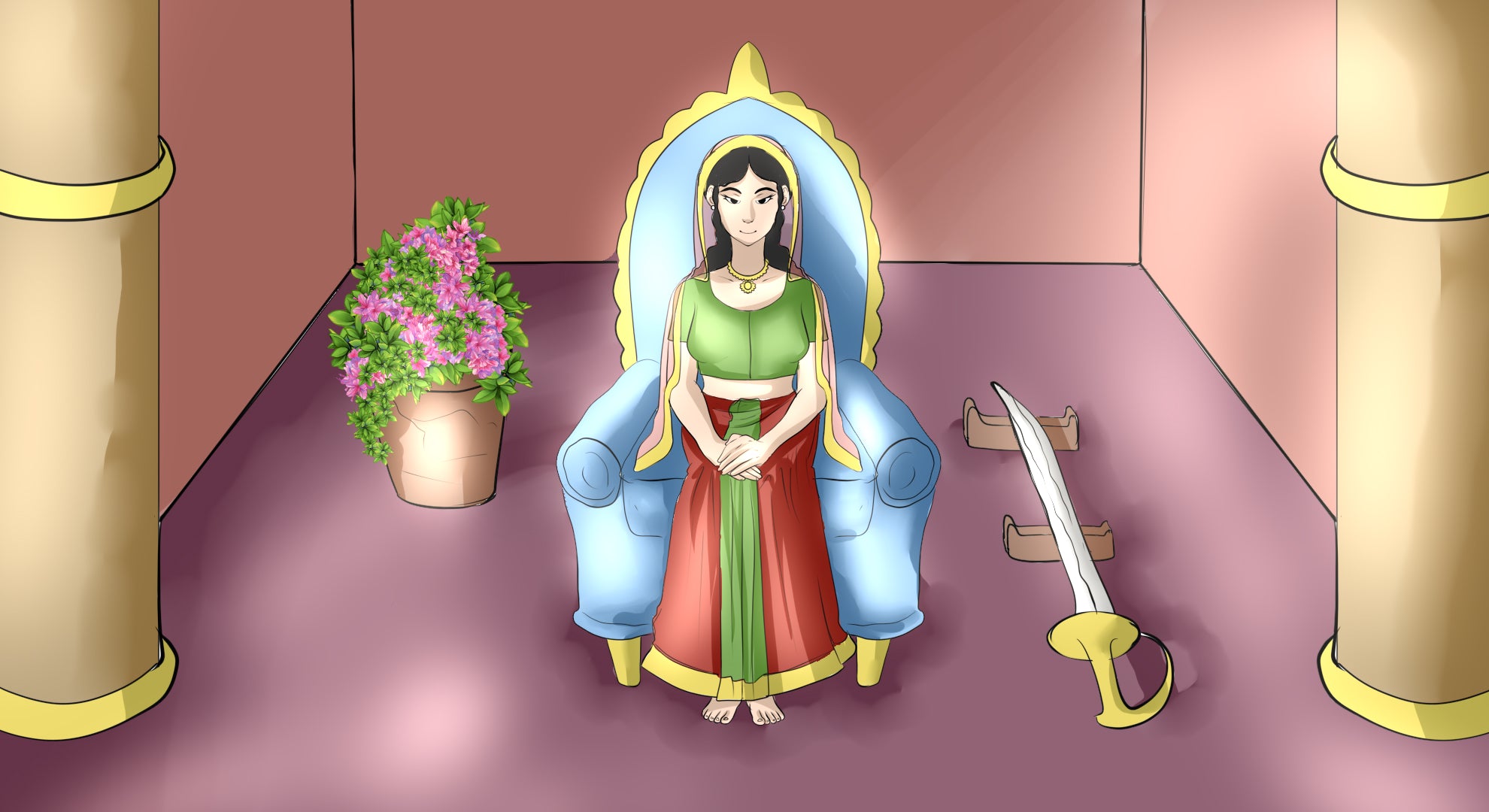
Upon her arrival at Rana's palace, the queen demands that he construct a new palace for her before she will comply with him. The palace construction takes a long time and six months quickly pass. Meanwhile, the Bagdawats go against their wives' advice and plan to retrieve the queen. The queen elopes with them, and despite the Rana's patient and brotherly requests for them to return her, the Bagdawats refuse. This compels the Rana to send his armies to the forts on the Khari rivers. After this, Jaimati assumes her true form as goddess Bhavani. She makes a promise to accompany the Bagdawats in defending the forts, but only under the condition that the brothers fight Rana’s army one at a time. The Bagdawat brothers agree and a fierce battle ensues, resulting in the deaths of all the brothers and a victory for Rana. Following the Bagdawat brothers' demise, all their wives, except for Sadu Mata, commit Sati.
Birth of Devnarayan
After the defeat of the brothers, the second part of the story begins, marked by Sadu Mata's Tapas on a hill near the battlefield that lasts for 11 days. During this time, Sadu Mata is threatened by the possibility of the Rana causing her harm. It is then that she calls out to Bhagawan to fulfil her boon, recalling the promise made to her. Devnarayan rises from a stream of water and breaks the rock that Sadu is seated on. An infant Devnarayan then falls into Sadu Mata’s lap from a lotus blossom that appears from the water.

The 11-Year Exile
Fearful of the Rana's reaction upon learning of Devnaryan's birth, Sadu Mata decides to flee to her home in Malwa. Devnaryan grows up for around eleven years unaware of his past. One day, Chochu Bhat, the bard of the 24 Bagaravat brothers, arrives in Malwa in search of Devnaryan. Sadu Mata, aware of his intentions, attempts to poison him. However, Devnaryan saves Chochu Bhat's life, who then reveals the truth about the battle between the Bagravats and the Rana, and the defeat of Devnarayan's father. Driven by the desire to avenge his father's death, Devnaryan disobeys his mother's wishes and returns to seek revenge against the Rana.
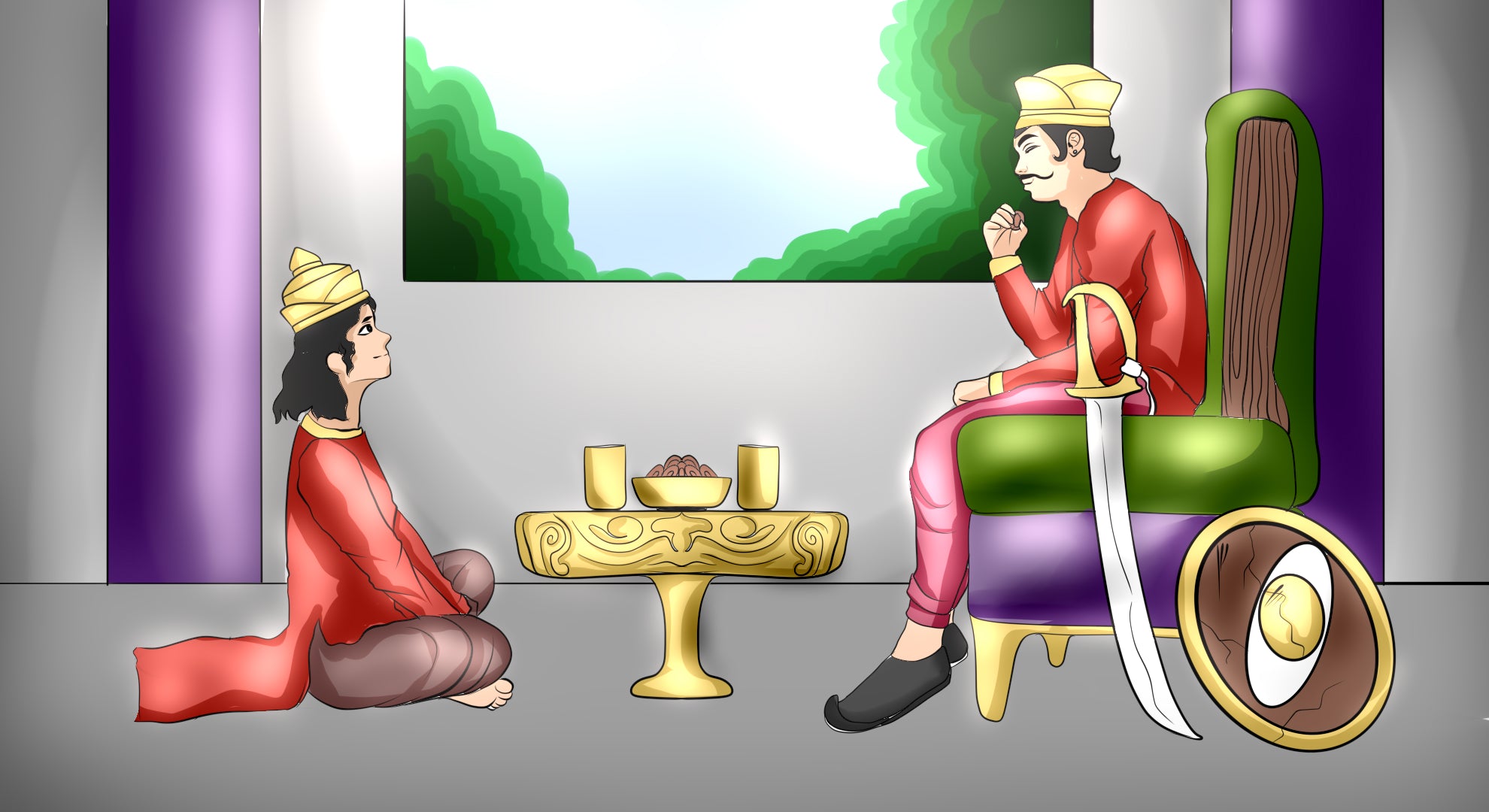
Devnarayan’s Return to Bhilwara
During his journey back to Bhilwara to confront the Rana, Devnaryan meets and marries three princesses, each with unique backgrounds. One was the daughter of a det, a group of asuras known for their goodness, another was the niece of a serpent king in the netherworld, and the third was the daughter of a Gurajar ruler of Ujjain-pipalde. Along the way, Devnaryan also discovers four of his cousins who, like him, were unaware of their fathers' fate and of each other's existence. The cousins are named Madanji, Mehnduji, Kanh Bhangi, and Bhunaji. Madanji was raised by his father Tejaji Gujarm. Mehndnji was protected by the King of Ajmer, an ally of the Bagravats. Kanh Bhangi grew up as a Nath Jogi under the guidance of Bagravats' guru Jogi Rupnath. Bhunaji was adopted by King Rana himself and renamed Khandrev! Devnaryan reveals the truth of their origins to his cousins, and they are all outraged, setting out to seek revenge on King Rana.
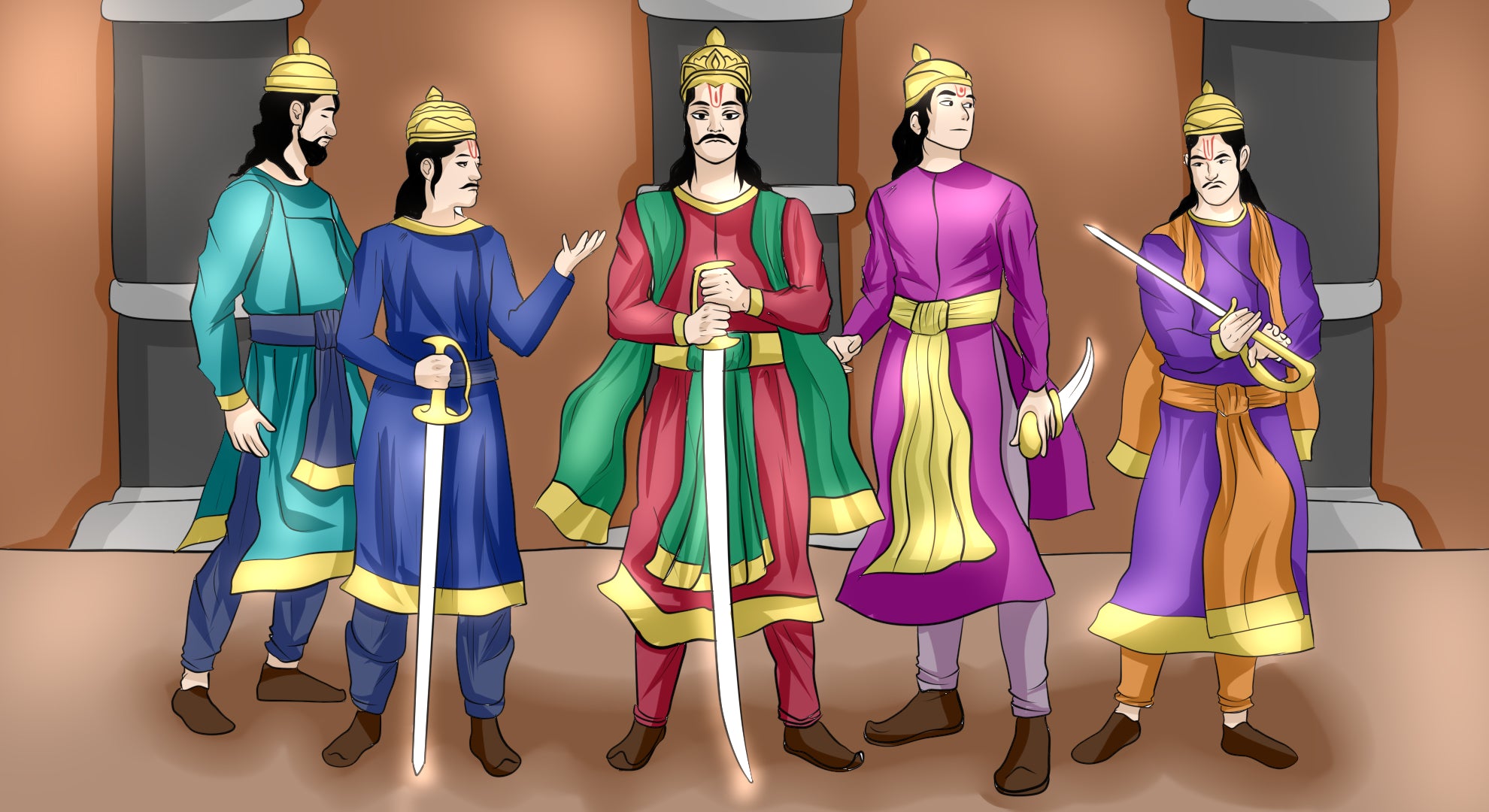
The Revenge
Devnarayan releases his herd of 980,000 cows and buffaloes upon the fields of the King, destroying all the crops. King Rana, alerted of the presence of the five who have come to seek revenge quickly looks to escape however his efforts are in vain as they catch him and King Rana is beheaded by Devnaryan. This would have been the end of the story as the revenge is taken however, Devnaryan notices that Bhunaji is saddened by the death of his adoptive father. Devnaryan then decides to revive Rana. A ritual is performed and then Devnarayan instructs the revived Rana to establish the city of Udaipur, which according to the legend is named after one of Devnarayan's names, Uday Singh.
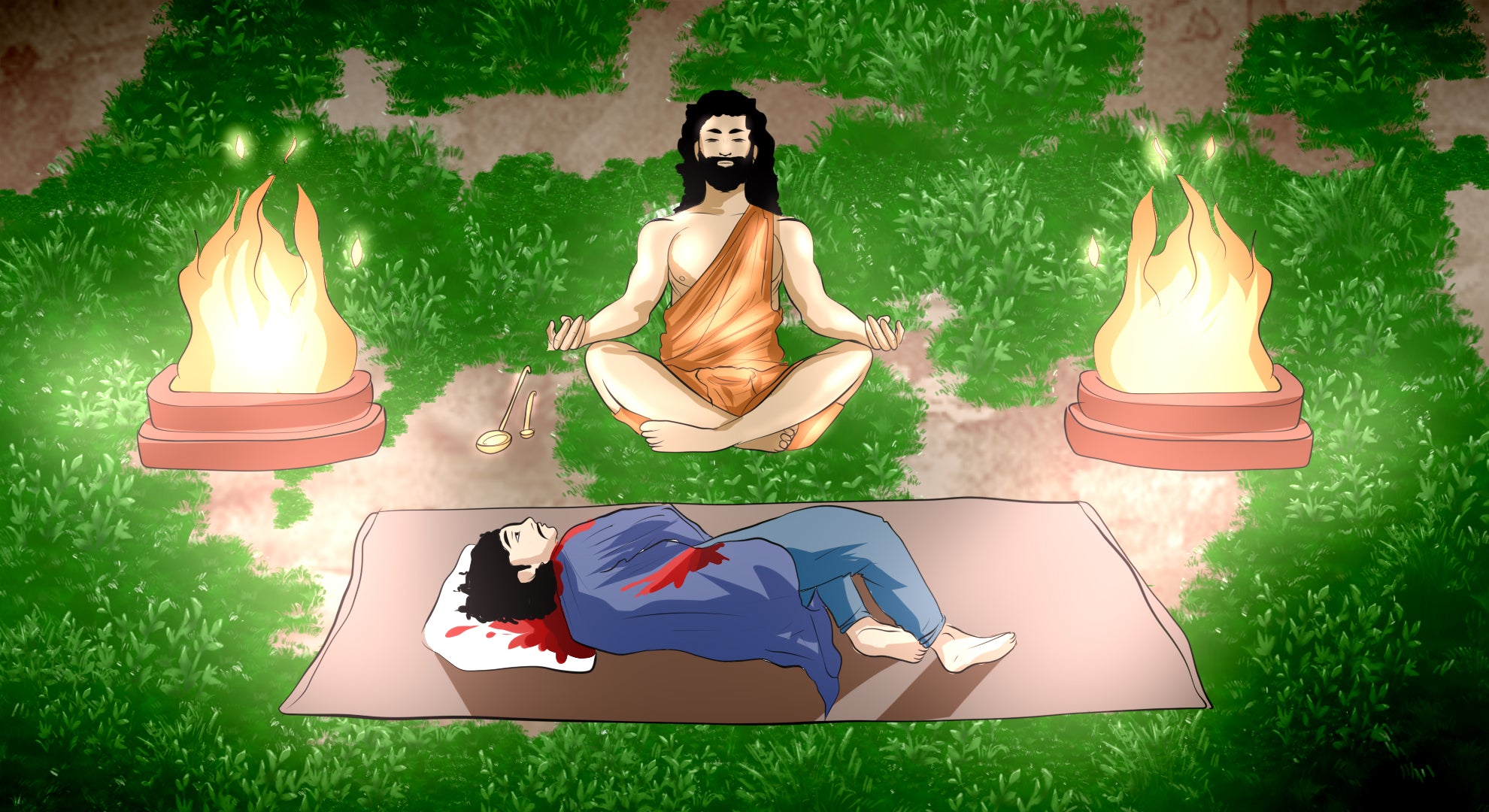
Aftermath
After fulfilling his purpose and seeking revenge, Devnaryan decides to return to heaven. However, his third wife Queen Pipalde asks him to give her children before departing. As a result, a boy named Bila and a girl named Bili are born. The girl immediately recognizes her father's divinity, but Bila initially rejects the stories of his father's divine nature. He is tested with various unhappy incidents, including a bout of leprosy, before finally accepting his father's divinity. Bila becomes a priest and takes care of the first Devnaryan shrine, from which the lineage of priests continues to this day. At the age of 31, Devnarayan leaves for heaven. In his earthly sojourn, he granted Sadumata's boon, sought retribution for his father, founded a holy shrine, a lineage of revered priests, and a congregation of devout followers.








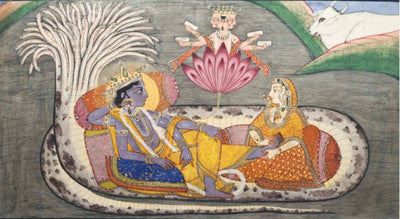
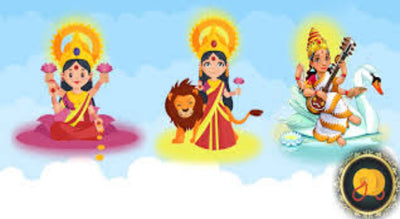
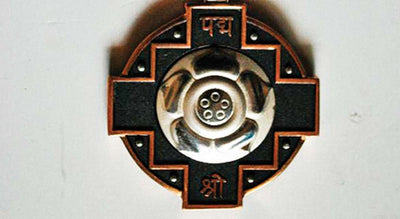

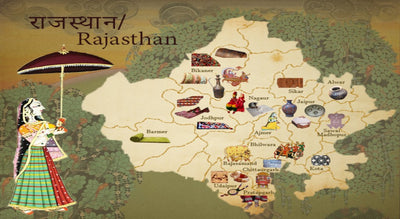
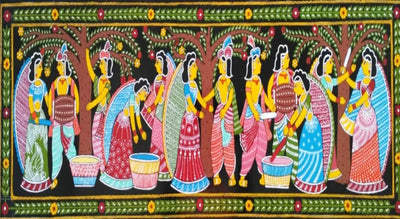
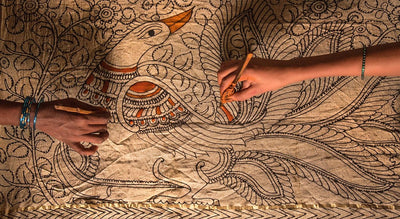



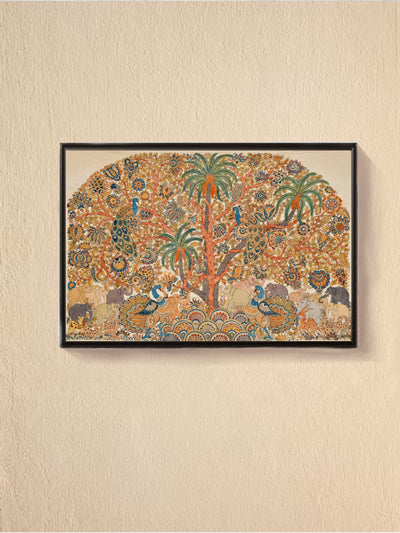







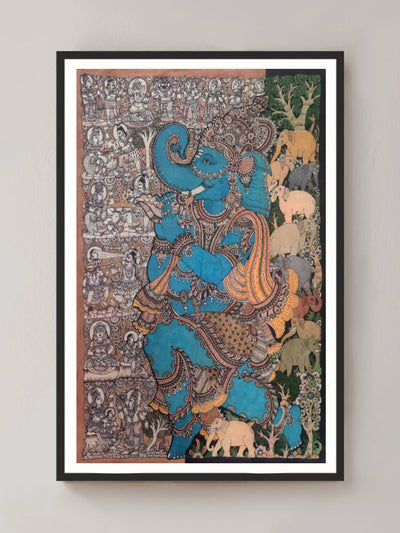








0 comments